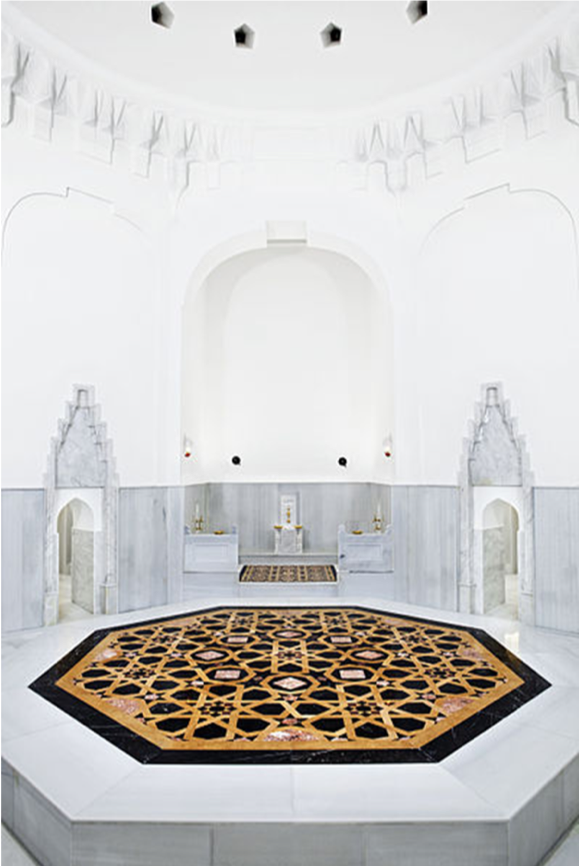
Parallel Lives: A Biographical Approach to Early Modern Architecture
Lectures (5)
Loading Accordion Items...The Overview
This course presents information about global architectural history using parallel biographies as an accessible introductory framework. Each pair illustrates similar situations in different geographical regions. Although these lectures place important sites and structures in their economic, geographical, political and cultural context, they will also engage the student by focusing on the people inhabited and/constructed the spaces under discussion. By providing vivid details from the historical era, the lectures will capture the imagination of students with intrigue, romance, and excitement. This module focuses on state power in the early modern world, exploring themes such as secular and religious authority, private and public space, cultural and historical signals. It looks at how configurations of power (feudal, dynastic, imperial) are reflected in the building programs of powerful elites in a variety of regions. The five lectures feature the following historical figures and their architectural heritage: Hideoyoshi of Japan and Henry IV of France; Hürrem Sultan of the Ottoman Empire and Lady Zheng of the Ming Dynasty in China; Afonso I of Kongo and Elizabeth I of England; Pope Clement VII (Giulio de’ Medici) and Moctezuma II of Mexico; and St. Teresa of Avila and Chokyi Dronma of Tibet. Using these biographies to anchor the lectures provides an easy pathway for students to conceptualize global architectural history and encourages students to make connections across time and space. The lectures are inspired by the author’s text, Real Lives in the Sixteenth Century. A Global Perspective.


